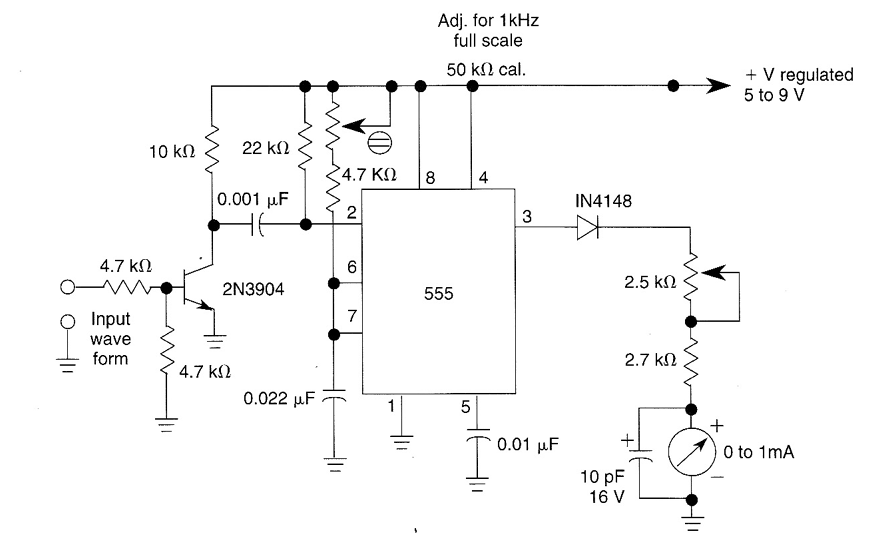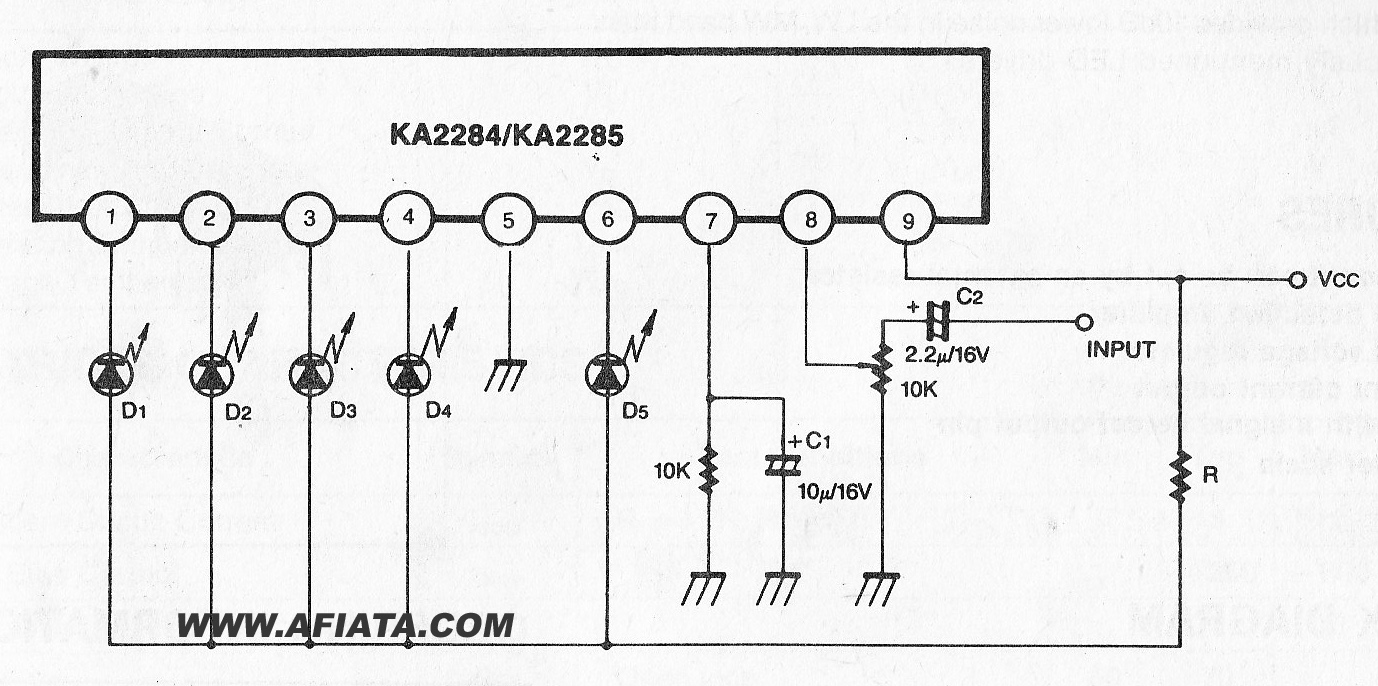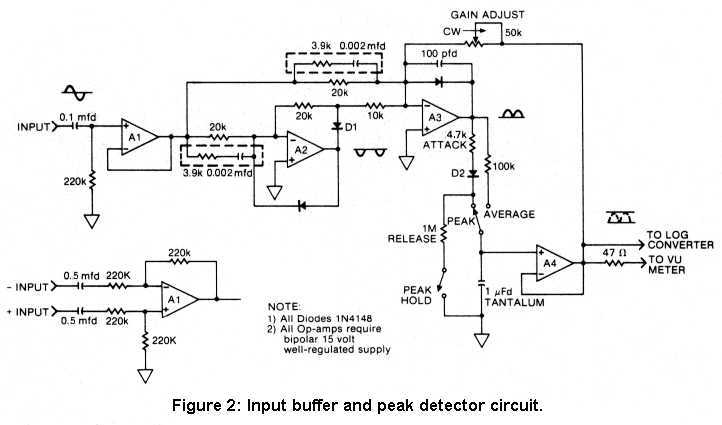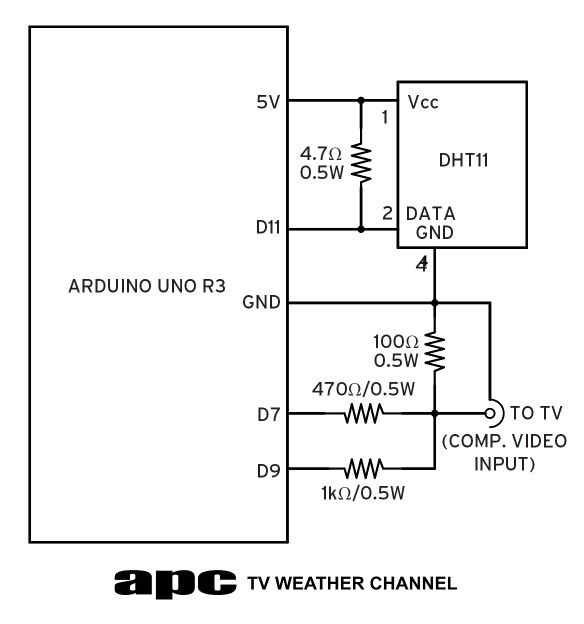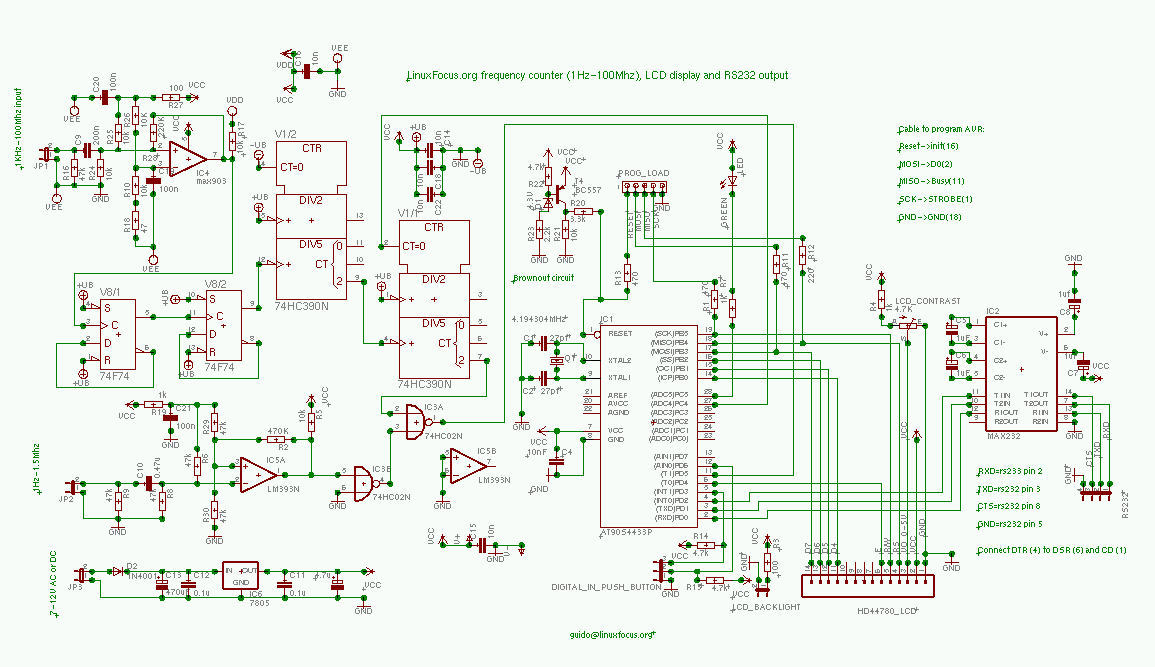
8 channel LCD Teperature meter ( RS232 - AT90S2313 )
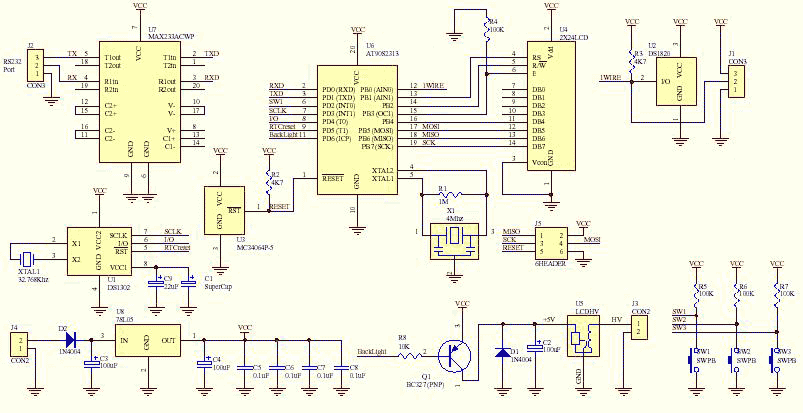
This is the fully featured, jammed packed temperature readout unit. I can measure temperature from up at 8 DS1820 digital temperature sensors all on the same 1-wire bus. That's right only 3 wires are needed to go to all the temperature sensors, GND, VCC and 1-wire data. All sensors will connect to the same cable! Anyone who has used the DS1820's will know that each DS1820 sensor will have a 48bit serial number that is used to address the sensors. With this unit the microcontroller will search the bus automatically for all present DS1820's and record their serial numbers in memory. You just connect the sensors and go. You don't have to program in serial numbers of each device. More: And to add to the all the features, this unit can display two temperatures on the screen and display 8 temperatures on its RS232 serial port. There are a few catches. 1 - You can't yet pick the two sensors you wish to display on the screen. I only use the unit to display inside and outside temperature so there is no incentive for me to this as an option. The first two serial numbers found on the bus are displayed on the unit. The second catch, you need a PC or terminal monitoring the serial port to display greater than 2 temperatures. No time nor date is displayed on the serial port. This can be very easily added if required. A standard terminal program can be used for logging the temperature from the Readout Unit. The comm settings are 9600bps, 8 data bits, No parity with no handshaking. The RS232 frame shows the serial numbers of all devices connected to the display unit. More than eight DS1820's can be connected, however only the first 8 devices found are shown. After the serial numbers are dumped, the temperature of these devices are then dumped to the terminal in real values. This way no conversion is required on the PC side making life easy! Below is a screen dump of 7 frames from my Readout Unit. Specifications High 0.02deg C Resolution Readouts Up to 8 sensors can be connected on the one bus with automatic search of ROM codes Displays up to 2 temperatures on the LCD panel Backlit LCD with on/off control RS232 Port for logging all 8 sensors on a PC DS1302 Real time Clock with over 3 months backup Supports Wayne's NTP format for updating the clock to a Time server Uses the very cheap Atmel AT90S2313.
The temperature readout unit is designed to interface with up to eight DS1820 digital temperature sensors, utilizing a single 1-wire bus architecture that simplifies wiring by requiring only three connections: ground (GND), power (VCC), and data. Each DS1820 sensor is uniquely identified by a 48-bit serial number, allowing the microcontroller within the unit to automatically scan the bus for all connected sensors upon initialization. This feature eliminates the need for manual configuration of sensor addresses, streamlining the setup process.
The unit is equipped with an LCD display capable of showing two temperature readings simultaneously. The selection of which two sensors to display is currently fixed; the first two sensors detected during the bus scan are shown on the LCD. For more extensive monitoring, the unit features an RS232 serial port that can transmit temperature data from all eight connected sensors to a PC or terminal. The communication settings for the RS232 interface are standardized at 9600 baud rate, 8 data bits, no parity, and no handshaking, facilitating easy integration with terminal software for data logging.
In terms of functionality, the device provides high-resolution temperature readouts with an accuracy of 0.02 degrees Celsius. The LCD is backlit, with the option to control the backlight, enhancing visibility in low-light environments. Additionally, the unit incorporates a DS1302 real-time clock that offers over three months of backup power, ensuring accurate timekeeping even during power outages. It also supports Wayne's NTP format for synchronizing the clock with a time server, further enhancing its utility in time-sensitive applications.
The microcontroller used in this design is the Atmel AT90S2313, a cost-effective solution that provides sufficient processing power for managing the sensor array, handling the LCD interface, and managing the RS232 communication. Overall, this temperature readout unit is a versatile and efficient solution for monitoring multiple temperature points in various applications, from environmental monitoring to industrial systems.This is the fully featured, jammed packed temperature readout unit. I can measure temperature from up at 8 DS1820 digital temperature sensors all on the same 1-wire bus. That's right only 3 wires are needed to go to all the temperature sensors, GND, VCC and 1-wire data. All sensors will connect to the same cable! Anyone who has used the DS1820's will know that each DS1820 sensor will have a 48bit serial number that is used to address the sensors.
With this unit the microcontroller will search the bus automatically for all present DS1820's and record thier serial numbers in memory. You just connect the sensors and go. You dont have to program in serial numbers of each device. And to add to the all the features, this unit can display two temperatures on the screen and display 8 temperatures on it's RS232 serial port. There are a few catches. 1 - You can't yet pick the two sensors you wish to display on the screen. I only use the unit to display inside and outside temperature so there is no insentive for me to this as an option.
The first two serial numbers found on the bus are displayed on the unit. The second catch, you need a PC or terminal monitoring the serial port to display greater that 2 temperatures. No time nor date is displayed on the serial port. This can be very easily added if required. A standard terminal program can be used for logging the temperature from the Readout Unit. The comm settings are 9600bps, 8 data bits, No parity with no handshaking. The RS232 frame shows the serial numbers of all devices connected to the display unit. More than eight DS1820's can be connected, however only the first 8 devices found are shown. After the serial numbers are dump, the temperature of these devices are then dumped to the terminal in real values.
This way no conversion is required on the PC side making life easy! Below is a screen dump of 7 frames from my Readout Unit. Specifications High 0.02deg C Resolution Readouts Up to 8 sensors can be connected on the one bus with automatic search of ROM codes Displays up to 2 temperatures on the LCD panel Backlit LCD with on/off control RS232 Port for logging all 8 sensors on a PC DS1302 Real time Clock with over 3 months backup Supports Wayne's NTP format for updating the clock to a Time server Uses the very cheap Atmel AT90S2313 🔗 External reference
The temperature readout unit is designed to interface with up to eight DS1820 digital temperature sensors, utilizing a single 1-wire bus architecture that simplifies wiring by requiring only three connections: ground (GND), power (VCC), and data. Each DS1820 sensor is uniquely identified by a 48-bit serial number, allowing the microcontroller within the unit to automatically scan the bus for all connected sensors upon initialization. This feature eliminates the need for manual configuration of sensor addresses, streamlining the setup process.
The unit is equipped with an LCD display capable of showing two temperature readings simultaneously. The selection of which two sensors to display is currently fixed; the first two sensors detected during the bus scan are shown on the LCD. For more extensive monitoring, the unit features an RS232 serial port that can transmit temperature data from all eight connected sensors to a PC or terminal. The communication settings for the RS232 interface are standardized at 9600 baud rate, 8 data bits, no parity, and no handshaking, facilitating easy integration with terminal software for data logging.
In terms of functionality, the device provides high-resolution temperature readouts with an accuracy of 0.02 degrees Celsius. The LCD is backlit, with the option to control the backlight, enhancing visibility in low-light environments. Additionally, the unit incorporates a DS1302 real-time clock that offers over three months of backup power, ensuring accurate timekeeping even during power outages. It also supports Wayne's NTP format for synchronizing the clock with a time server, further enhancing its utility in time-sensitive applications.
The microcontroller used in this design is the Atmel AT90S2313, a cost-effective solution that provides sufficient processing power for managing the sensor array, handling the LCD interface, and managing the RS232 communication. Overall, this temperature readout unit is a versatile and efficient solution for monitoring multiple temperature points in various applications, from environmental monitoring to industrial systems.This is the fully featured, jammed packed temperature readout unit. I can measure temperature from up at 8 DS1820 digital temperature sensors all on the same 1-wire bus. That's right only 3 wires are needed to go to all the temperature sensors, GND, VCC and 1-wire data. All sensors will connect to the same cable! Anyone who has used the DS1820's will know that each DS1820 sensor will have a 48bit serial number that is used to address the sensors.
With this unit the microcontroller will search the bus automatically for all present DS1820's and record thier serial numbers in memory. You just connect the sensors and go. You dont have to program in serial numbers of each device. And to add to the all the features, this unit can display two temperatures on the screen and display 8 temperatures on it's RS232 serial port. There are a few catches. 1 - You can't yet pick the two sensors you wish to display on the screen. I only use the unit to display inside and outside temperature so there is no insentive for me to this as an option.
The first two serial numbers found on the bus are displayed on the unit. The second catch, you need a PC or terminal monitoring the serial port to display greater that 2 temperatures. No time nor date is displayed on the serial port. This can be very easily added if required. A standard terminal program can be used for logging the temperature from the Readout Unit. The comm settings are 9600bps, 8 data bits, No parity with no handshaking. The RS232 frame shows the serial numbers of all devices connected to the display unit. More than eight DS1820's can be connected, however only the first 8 devices found are shown. After the serial numbers are dump, the temperature of these devices are then dumped to the terminal in real values.
This way no conversion is required on the PC side making life easy! Below is a screen dump of 7 frames from my Readout Unit. Specifications High 0.02deg C Resolution Readouts Up to 8 sensors can be connected on the one bus with automatic search of ROM codes Displays up to 2 temperatures on the LCD panel Backlit LCD with on/off control RS232 Port for logging all 8 sensors on a PC DS1302 Real time Clock with over 3 months backup Supports Wayne's NTP format for updating the clock to a Time server Uses the very cheap Atmel AT90S2313 🔗 External reference
